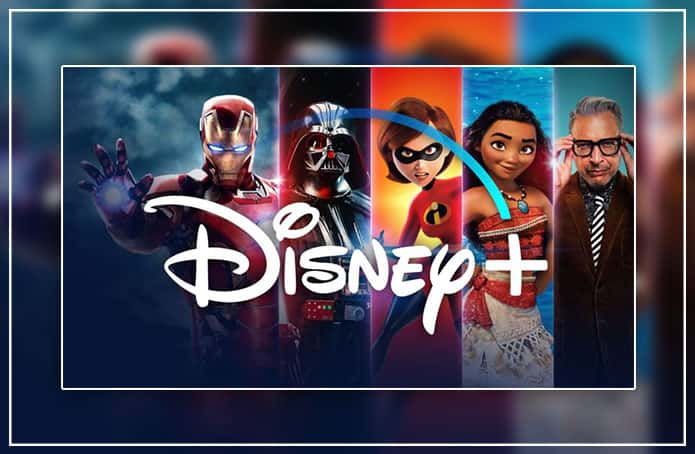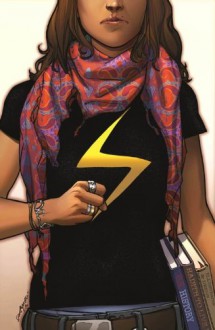
Comics that I know of is never this good. Here's some thing honest coming out from me - I stop reading comics after the year 2002. It was then, I had no idea what was going on in the comic world. Who are the great writers of its time (except Geoff Johns because of his writings on The Flash; I never knew he went and wrote other great titles like Green Lantern & Aquaman) and who are the popular artists at that time. After more than a decade, and out of my own comfort zone of the past that I finally gave The Vision a try. This was because, recommended by someone whom had been reading comics for the past decade, Tom King is an author, that I was being told, had changed the way comics was written. After I had read The Vision...
... I never would have thought there are writers like Tom King change the way comics is written now.
The Vision isn't exactly a marketable character to have his own solo series. When Marvel Comics had asked Tom Kingto write, what will he actually deliver, was the question I had when I first heard of a solo series. Would it be like any other series that fail? Is it another attempt of just making money for any Marvel fans to buy? How interesting is The Vision can it get? After reading this edition, I never thought what comics to the general public understands would deliver a dark, creepy and weirdly read that is comic from the house of ideas. There are many writers that has such caliber of the weird (Grant Morrison to name a few; I can't seem to remember others) and Tom King, not only he is consistent in delivering The Vision, the kind that is monotonous in speech and that is faithful in his robotic, not human self, but writing a synthezoid who tries to be normal, isn't really normal to be normal. Here's what this solo series is about.
The Visions is currently living at 616 Hickory Branch Lane, Arlington, VA, 21301. Its a suburbs where normal people goes to the city to work. They have nothing to talk about except the heavy traffic and they are trying to fit in. Things are different when the appearance of The Grim Reaper attacks the Visions family when The Vision is away, every thing that The Vision strife to fit into being normal, has a whole different meaning to a path that is as dark as humanely possible.
This is what I had read that leads to how the ending is. This is not an action-pack comic book where Avengers will appear and fight against the villains. This is not your normal kind of superhero comic book where good wins against evil. This is definitely not the kind that what you had watched in the movies, you will received such high adrenaline action sequence that will leave you awe and wow. No, this is The Vision, seeing through his eyes and his experience that leads to a path so deep, how his family wants to live to be normal but what is normal, in order to fit in? This is the darker part of Marvel, without the tag Marvel Knights or MAX that includes foul languages except its without. Its the path where it leads to the unknown unspeakable tale that what we do, is madness. And to read is what brings this comic book, a masterpiece that deserves its attention that it should be read.
With such writings, the art by Gabriel Hernandez Walta brings the right tone to it. The expression of each characters brings life as it should be. The colors are vibrant and the feeling is grit. This hardcover deluxe edition is what I would call the director's cut as it includes not just the entirety of 12 issues run but also includes the sketches of the comic cover pages, the realization of the visuals, the entire behind-the-scenes script of the 12 issue run plus all the letter fan page letters printed in one. I am happy to say this has now being one of my favorite reads this year (even though it was released in 2015) and I am looking forward to read any Tom King material when I go pick up my next comic book read.


 Log in with Facebook
Log in with Facebook 









